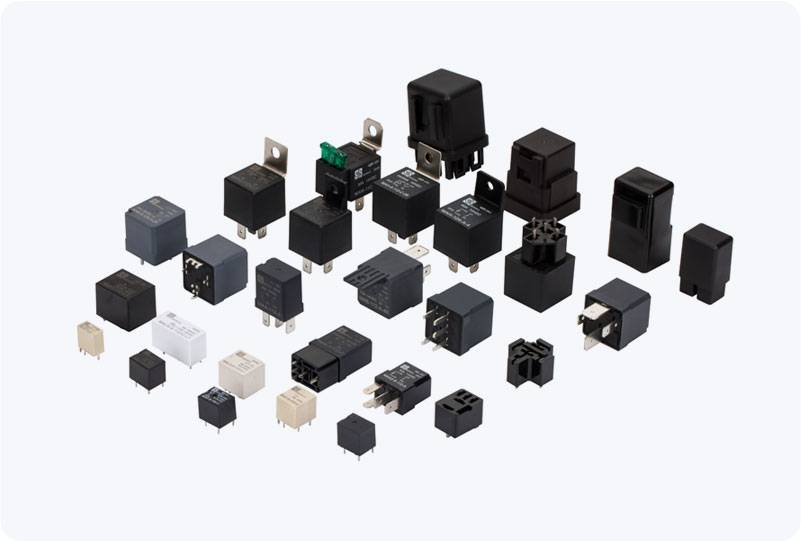high voltage dc relay for new energy vehicles: a critical component for safe and efficient power management
Release time:2025-06-25 04:49:49
The evolution of new energy vehicles (NEVs) has brought significant advancements in the automotive industry, with electric vehicles (EVs) leading the charge. One of the essential components ensuring the reliable and safe operation of these vehicles is the High Voltage DC Relay. This specialized electrical component plays a crucial role in managing the high-voltage direct current (DC) systems found in NEVs, particularly in electric and hybrid vehicles. It serves as a safety device, regulating the flow of electrical power and ensuring the proper functioning of key components such as the battery, electric motor, and charging systems.

Understanding High Voltage DC Relays
A High Voltage DC Relay is a type of switch designed to manage the flow of high-voltage DC electricity. In a typical new energy vehicle, the battery system operates at high voltages, often between 300V and 800V. These systems are designed to store and deliver substantial amounts of energy to power the electric motors. However, high-voltage systems can also pose a risk if not carefully managed. This is where the High Voltage DC Relay comes into play.
The relay's primary function is to open or close the electrical circuit to control the flow of electricity. It does this by using an electromagnetic mechanism to either allow or interrupt the current passing through the circuit. This allows the relay to manage power distribution effectively, ensuring that various components of the vehicle operate safely and efficiently.

